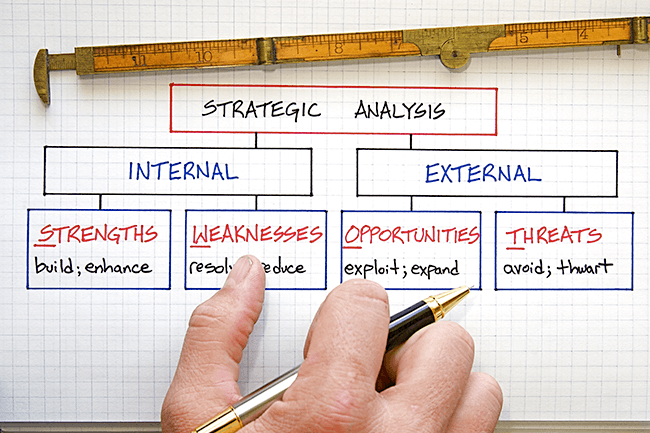How Team Structure Has Changed with Remote Working

With all the changes happening around the globe, you are not the only one managing remote teams. The good news is that we are all learning on the go, and we need to create a culture remotely. In a fast-changing remote working culture, how do you keep up with your team and make sure they’re on track? Here are some strategies to help you build a virtual team that you can implement instantly.
1: Define Your Work System
When you are working with a remote team, expectations can vary. This is why you need to set up your work system. Person-to-person discussions about roadblocks, planning, brainstorming, and the like always work better than email or phone calls.
But how do you do that effectively when working abroad?
The answer is to use a free online whiteboard to express ideas visually and collaboratively, with simultaneous video conferencing.
By setting proper standards and expectations, your remote working team will perform more positively and contribute to overall growth.
2: Schedule Regular Meetings
Meetings act as checkpoints for your team and ensure that everyone on the team is on the same page. Video calls are one of the most effective ways because they promote team culture. Make sure that you put some ice-breaker questions in your meeting agenda so that everyone feels included and happy to answer.
Choosing a video call or a standup call over meetings and emails helps you work with cross-functional teams more effectively. With Slack and emails being available, there is a strong temptation to write long time-wasting emails.
3: Have Common Workhours
Highly important for remote teams located in different time zones. Plan your day and work in such a way so that you have at least several hours overlapping where your team can interact with you and each other. Even if some team members work independently, it promotes a healthy team culture in remote settings.
4: Choose Adaptive Workers
Choosing adaptive workers is a qualitative step in your recruitment. With agile people management techniques, one can have a team of experts who work at all hours and communicate effectively. However, not everyone is cut out to work in a remote team or fit the team’s personality.
With some personality tests, you can find out which applicants are a good fit for your team. If you are unsure about the applicant, move on to the next person while hiring.
5: Establish a Reward System
Rewards based on the performance of employees or team members can help you streamline the remote working process. It can also help you identify your team’s best performers and ensure they stay that way.
When you recognize your team members’ efforts, it makes them feel valued and encourages them to perform even better.
On the other hand, you can also set up a rating system to penalize a team member for negative performance. While it typically does not work well and can be frowned upon, it can be useful as a disciplinary measure for individuals in unique cases. Such a case is when you have tried all other methods and failed, and you are at the point of letting the team member go.
6: Use Project Management Tools
Project management tools like Asana, ClickUp, or AirTable can help you keep track of your assignees, timeline, and costs for each project. It also acts as a platform for documenting the work done and the roadblocks faced by your team. Additionally, you can set up reminders about due dates and check your team’s daily, weekly and monthly progress.
Keeping your team on track requires robust systems and management know-how handling distributed teams.
7: Proper Change Management
While working on any project, the team’s aim should be to be flexible but avoid scope creep to ensure you meet delivery timelines. However, with continuous change in the system and new technologies, members of a virtual team can feel isolated. This is why proper change management and team inclusion is necessary for long-term remote working.
To promote an inclusive culture, free video conferencing is a necessary plank for effective collaboration. Besides having a proper management system, documenting what’s working and what isn’t can go a long way in finding out the specific options available to a remote working team.
8: Understand Different Cultures
One of the major advantages of remote teams with internationals is that they bring their unique perspective based on their cultural surroundings and upbringing. As a leader, you need to understand each team member’s different cultures and traditions and respect different communication styles, rules, local customs, and strive to make all members comfortable to contribute their best.
A manager should also recognize conflicts that might arise while working in a globally diverse team with considered conflict resolution procedures. If a conflict or dispute arises, all members need to know what resources are available to resolve issues before becoming serious. If known, a call by a manager or a team leader is often the best way to address issues.
Final Words
While team composition plays a crucial role in managing a virtual team or remote working, the right leadership and the right technology form remote teams’ backbone. Team members who trust and respect each other communicate more efficiently, making them assets to the team.
Additionally, managers who can help the team understand their true potential, enable a good work culture, and listen to the team are indispensable in managing and growing the right team. With accurate and regular communication, businesses are now transitioning to remote teams and making the most out of it.
If you are looking for a robust way to communicate and build your team, HuddleIQ has a solution. All you need to do is sign up for an account. Contact us now with your questions, and our customer support team will reach out to you.














